Exhibition
Is it possible to have an art exhibition without the physical works of art? Is it possible to be moved without seeing the artistic object itself? ‘Intangibles. A digital exhibition from the Telefónica Collection’ is an innovative experimental project that invites us to ponder these questions through the reinterpretation of works by artists from the Telefónica Collection.

The Internet, Google, social networks, smartphones, apps, selfies, virtual reality, big data, artificial intelligence… Technology has changed the world, our vision of it and of ourselves. And what about art? How has the digital revolution affected our way of approaching art and our knowledge of it?
‘Intangibles. A digital exhibition from the Telefónica Collection’ is an innovative and experimental project created as a response to the challenges that have arisen from the digital revolution and its unstoppable changes. Inspired by emblematic pieces of the Telefónica Collection, we devised an exhibition with digital experiences that will be exhibited simultaneously in seven Latin American cities: Mexico City, Mar de Plata, Montevideo, Bogotá, Quito, Santiago de Chile and Lima as well as Spain. A ground-breaking project in its concept and global character, it also transcends the space/time framework, where one of its strengths is its simultaneity: all the exhibition venues will be connected in real time and will share some of the contents and experiences.
Is it possible to have an art exhibition without the physical works of art? Is it possible to be moved without seeing the artistic object itself? What other kind of experiences can a digitally exhibited work of art provide? Through a selection of some of the most significant artists from the Telefónica Collection: Joaquín Torres García, Roberto Matta, Juan Gris, René Magritte, Paul Delvaux, Eduardo Chillida, María Blanchard and Antoni Tàpies, the exhibition shows digital experiences specifically designed for each artist, applying technologies ranging from VR, photogrammetry, videomapping, 3D immersion and surround experience, the development of image analysis software and technology, and digital painting, among others.
The aim of the exhibition is to reflect on how the digital revolution has had an impact on the way we approach art, on its physical and sensory limits, on its almost ubiquitous ability to reproduce itself and on the fragility of certain traditional criteria and values; the challenge is to enrich the traditional interpretation of the interaction between art and the viewer, exploring the possibilities of technology in the way in which we look, feel, interpret and learn with these works of art. Technology at the service of culture can heighten the sensations that art produces in the viewer, generate different emotions, challenge the audience to actively participate and, above all, open up new avenues to knowledge about the artist and their work which, in short, is our purpose.
The exhibition can be seen on the 3rd floor of the Espacio Fundación Telefónica from Friday 11 October 2019 at 2 p.m. until 23 February 2020.
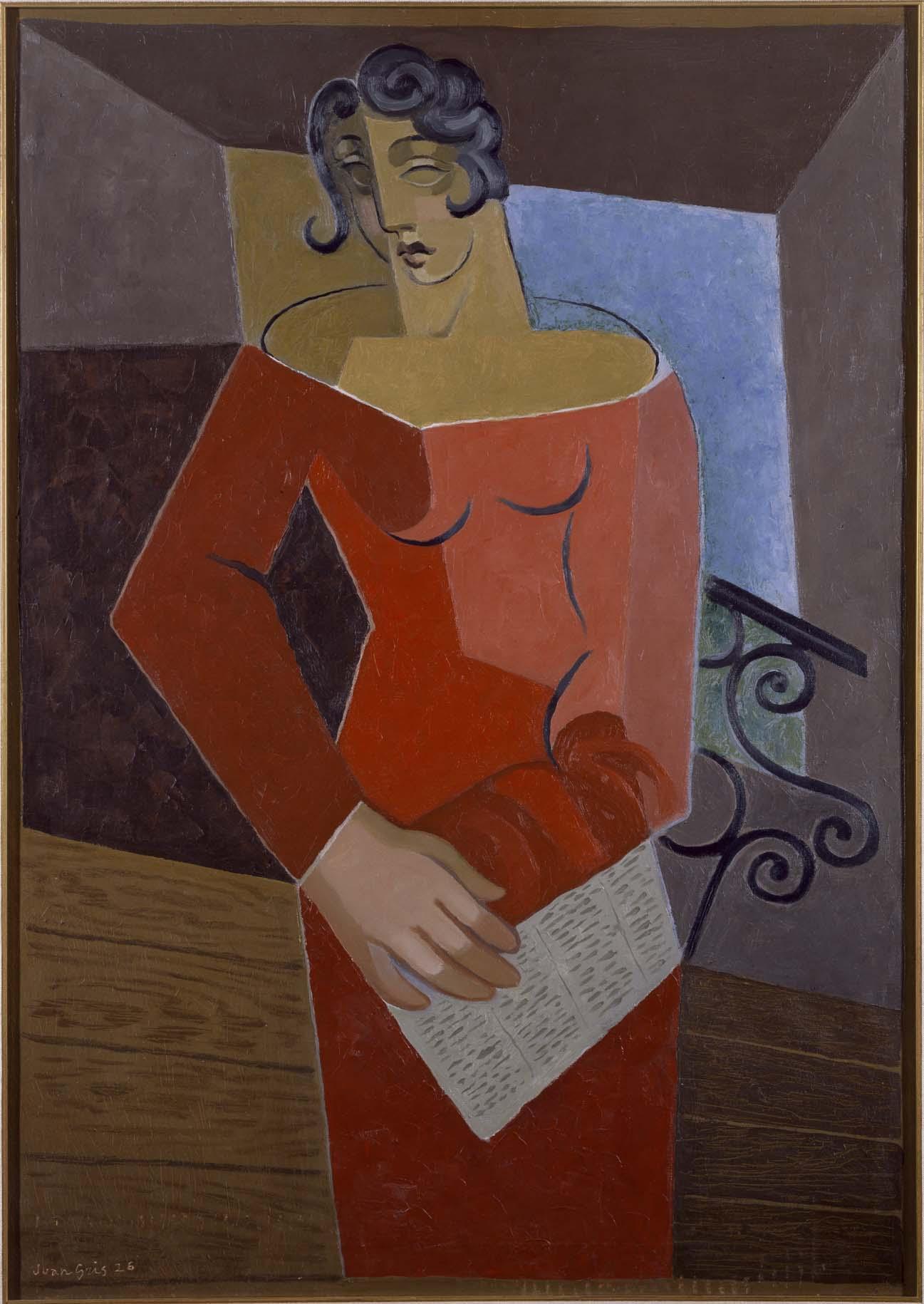
La Chanteuse; Gris, Juan, 1926 ©ColecciónTelefónica
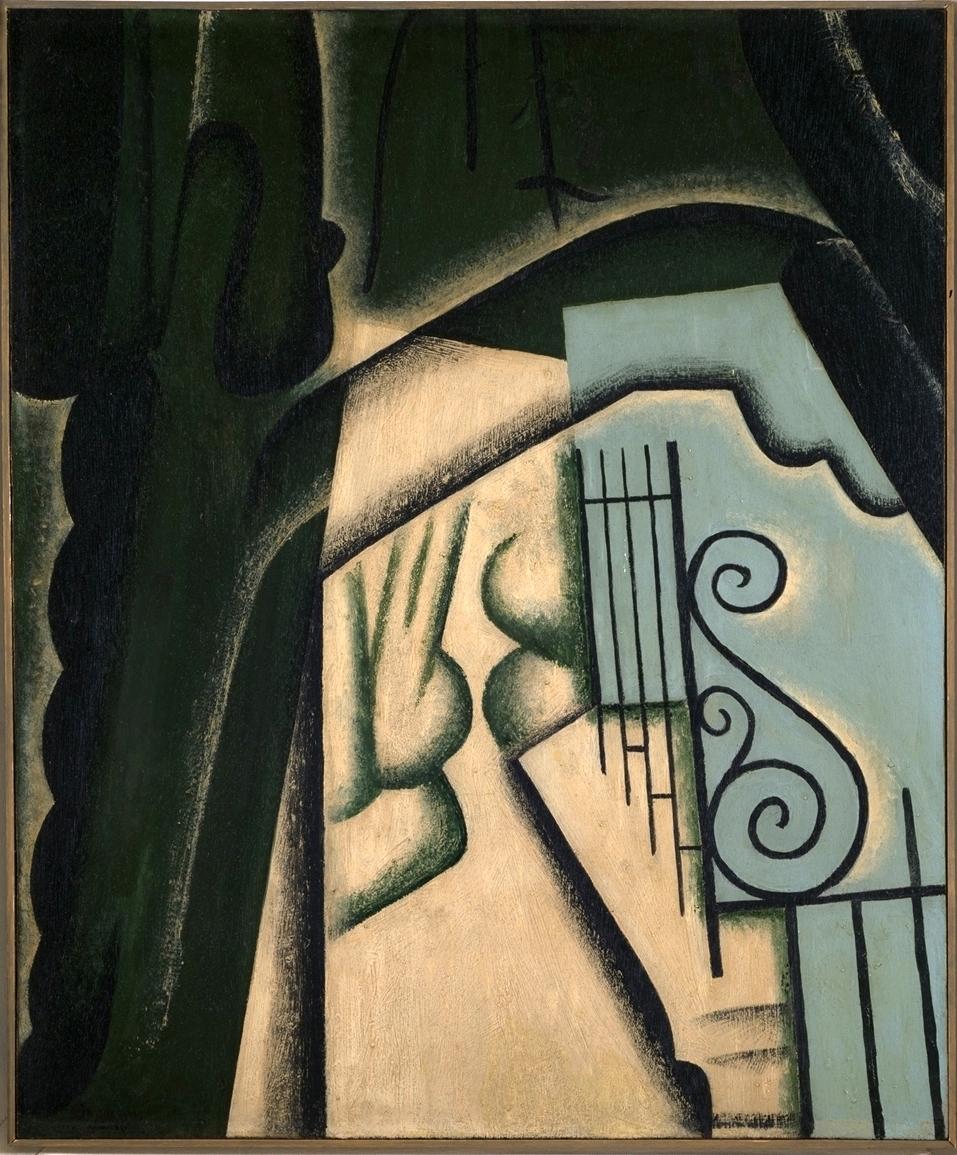
Le jardín; Gris, Juan, 1916 ©ColecciónTelefónica
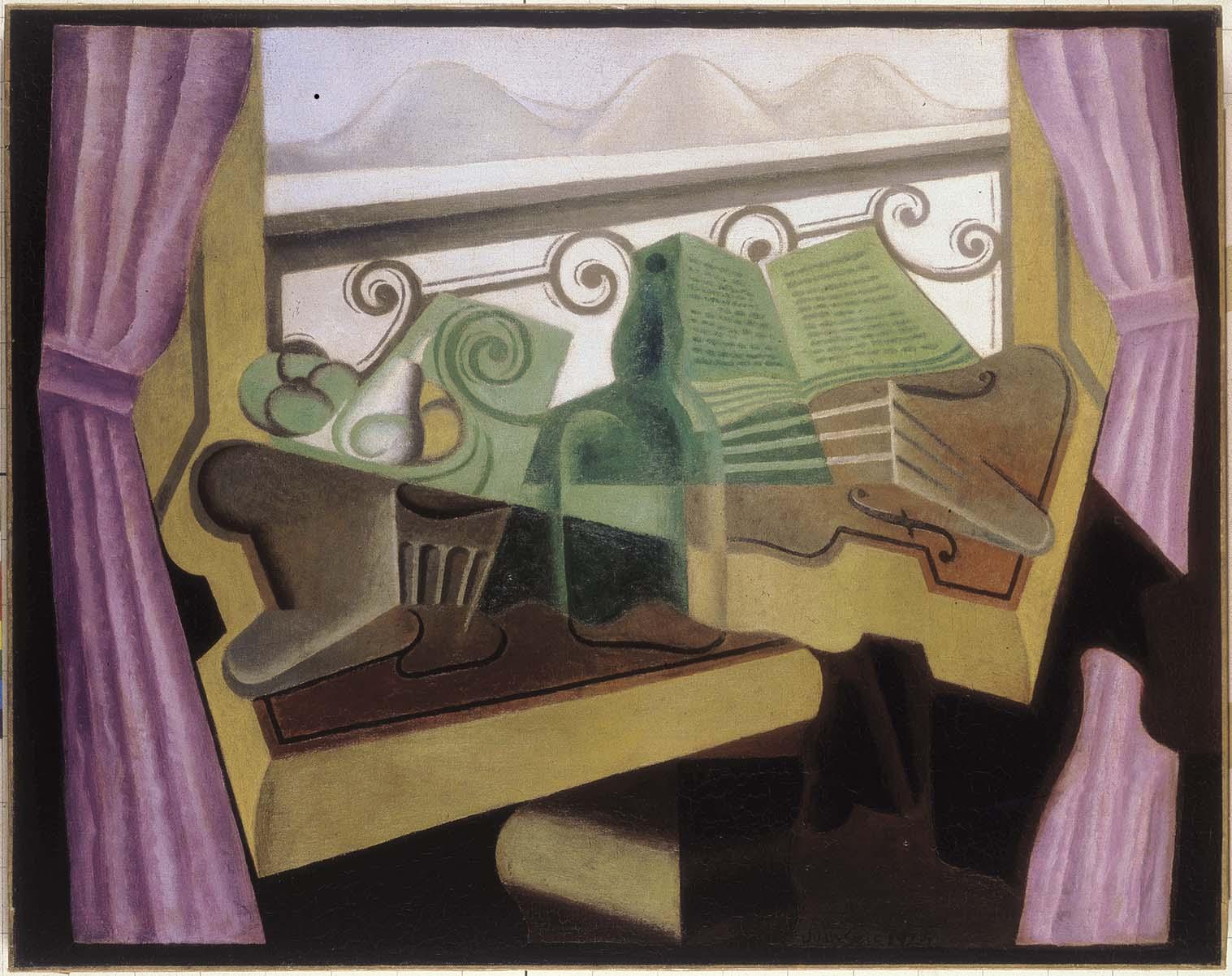
La fenêtre aux collines; Gris, Juan, 1923 ©ColecciónTelefónica
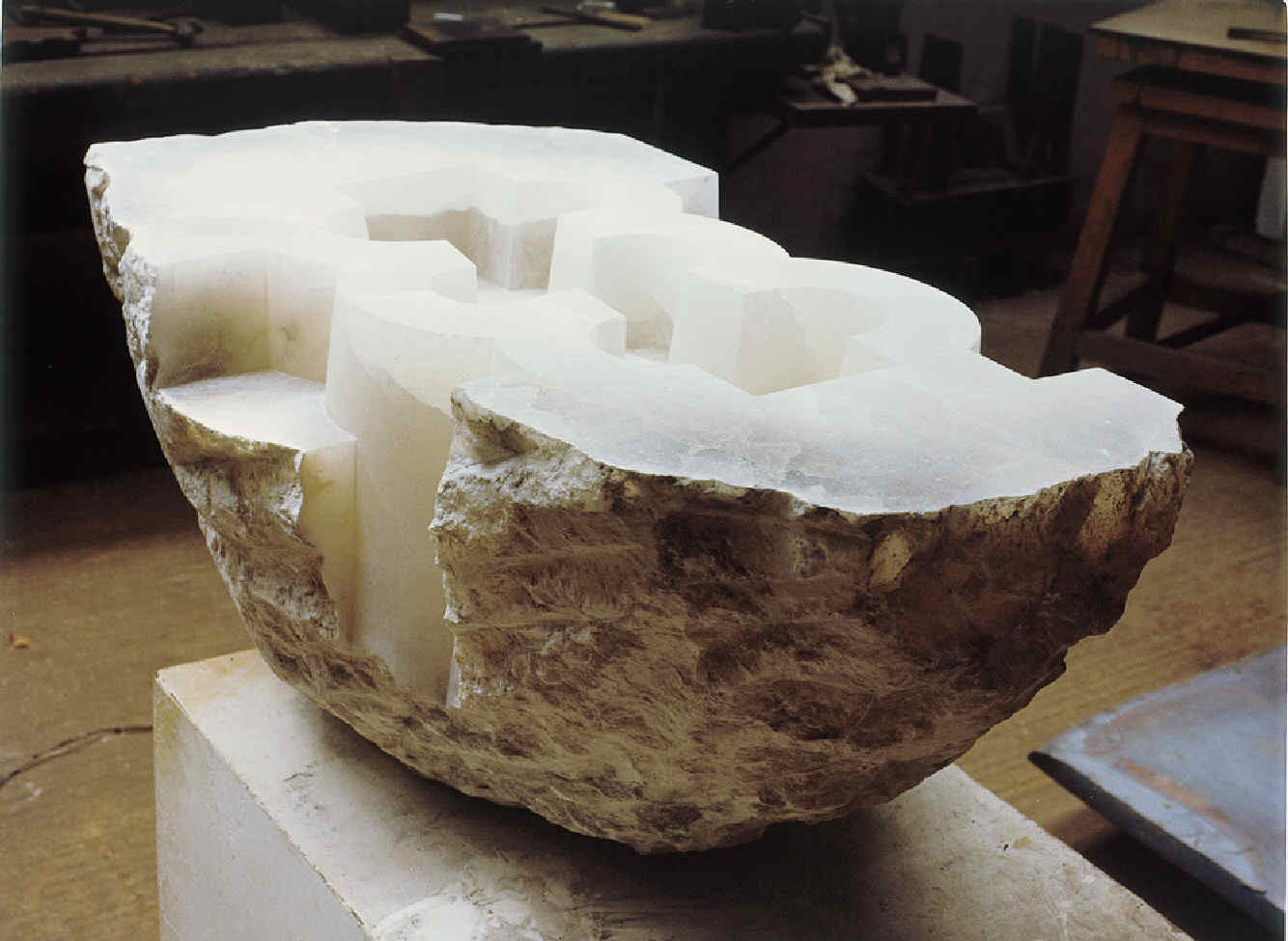
“Homenaje a la mar III” de Eduardo Chillida© Zabalaga-Leku, VEGAP, Madrid, 2019.
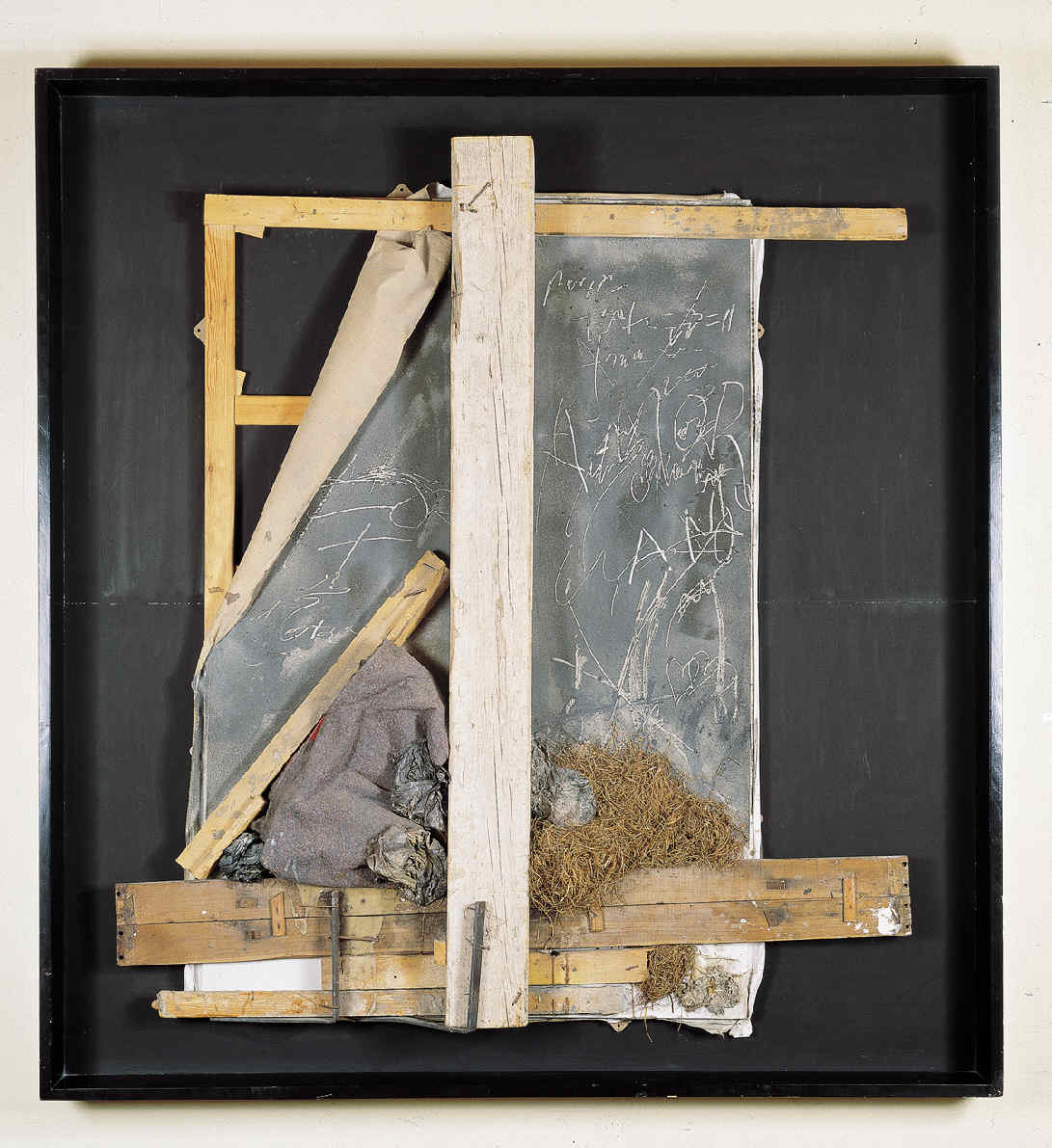
“Assemblage amb graffiti “, Antoni Tàpies:© Comissió Tàpies, VEGAP, Madrid, 2019.
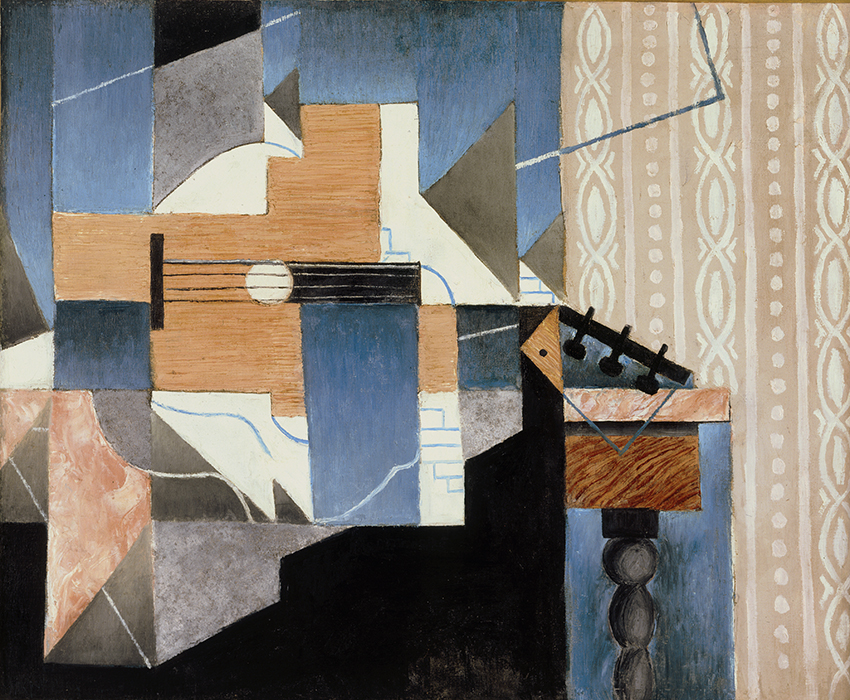
La guitare sur la table ; Gris, Juan, 1913 ©ColecciónTelefónica

“La Belle Société “, René Magritte© René Magritte, VEGAP, Madrid, 2019.
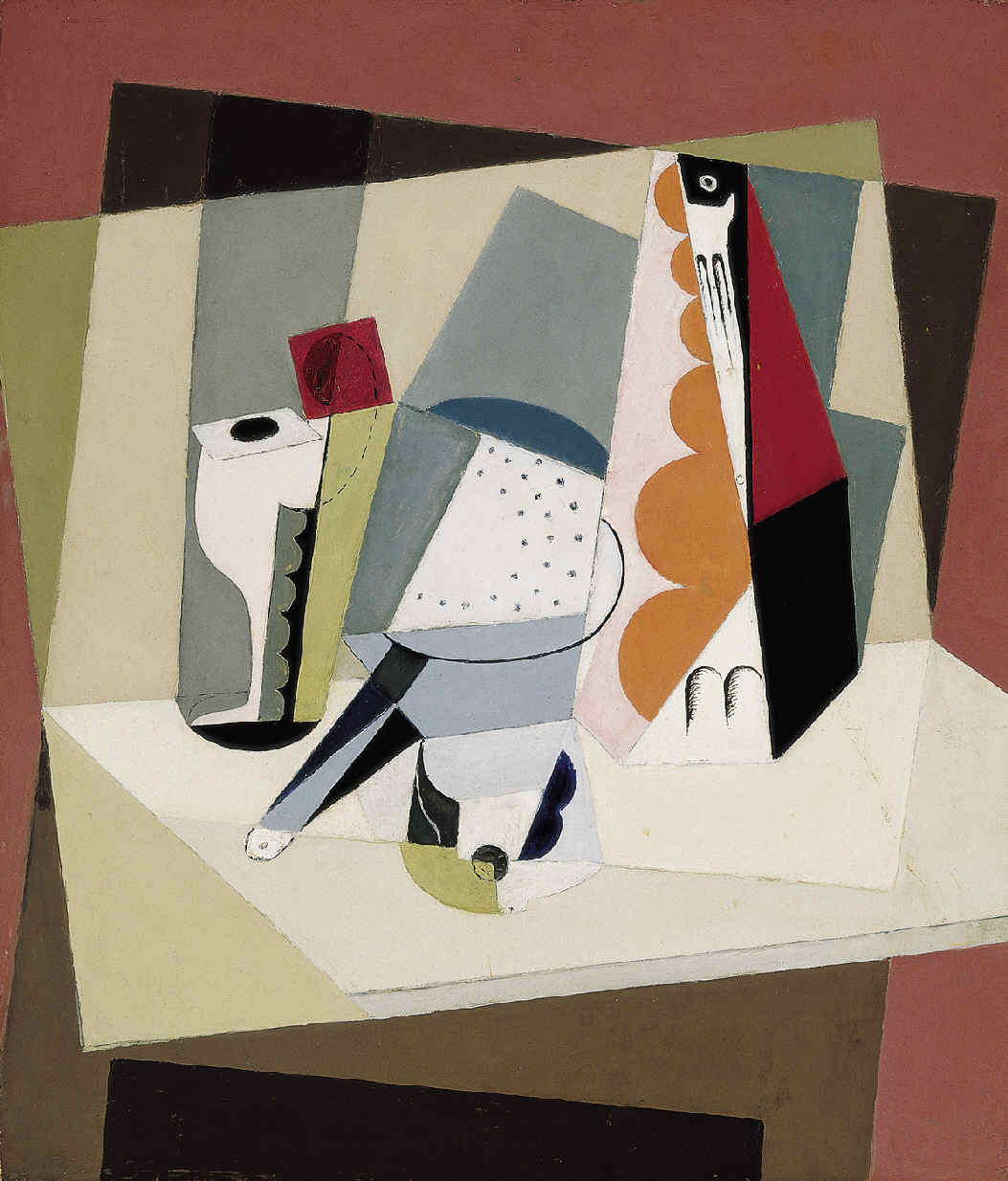
Nature morte cubiste; Blanchard María, 1919 ©ColecciónTelefónica

“Psychological Morphology “, Roberto Matta© Matta, VEGAP, Madrid, 2019.
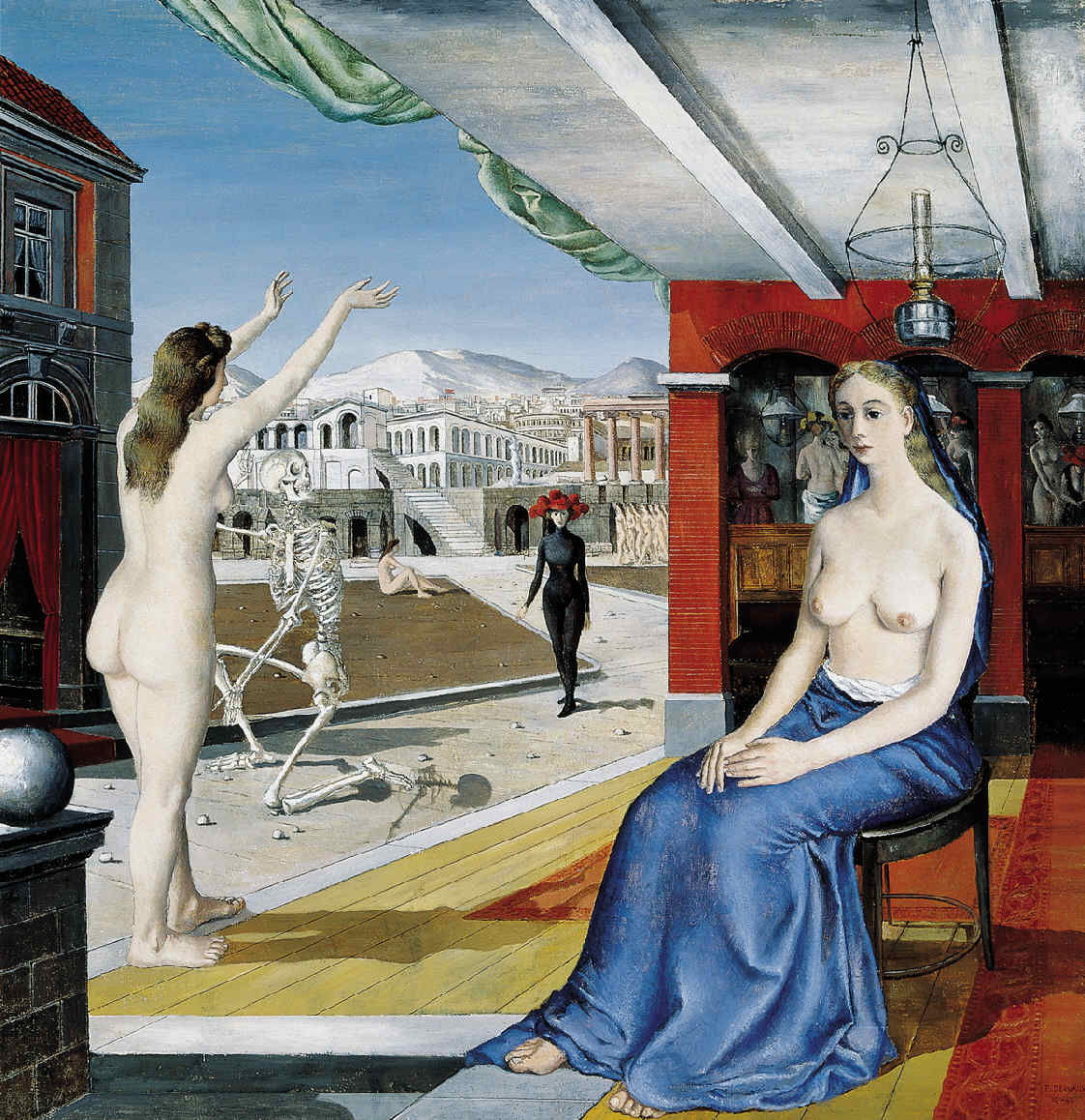
“L´appel” de Paul Delvaux. © Paul Delvaux Foundation, Koksijde, Belgium . VEGAP.
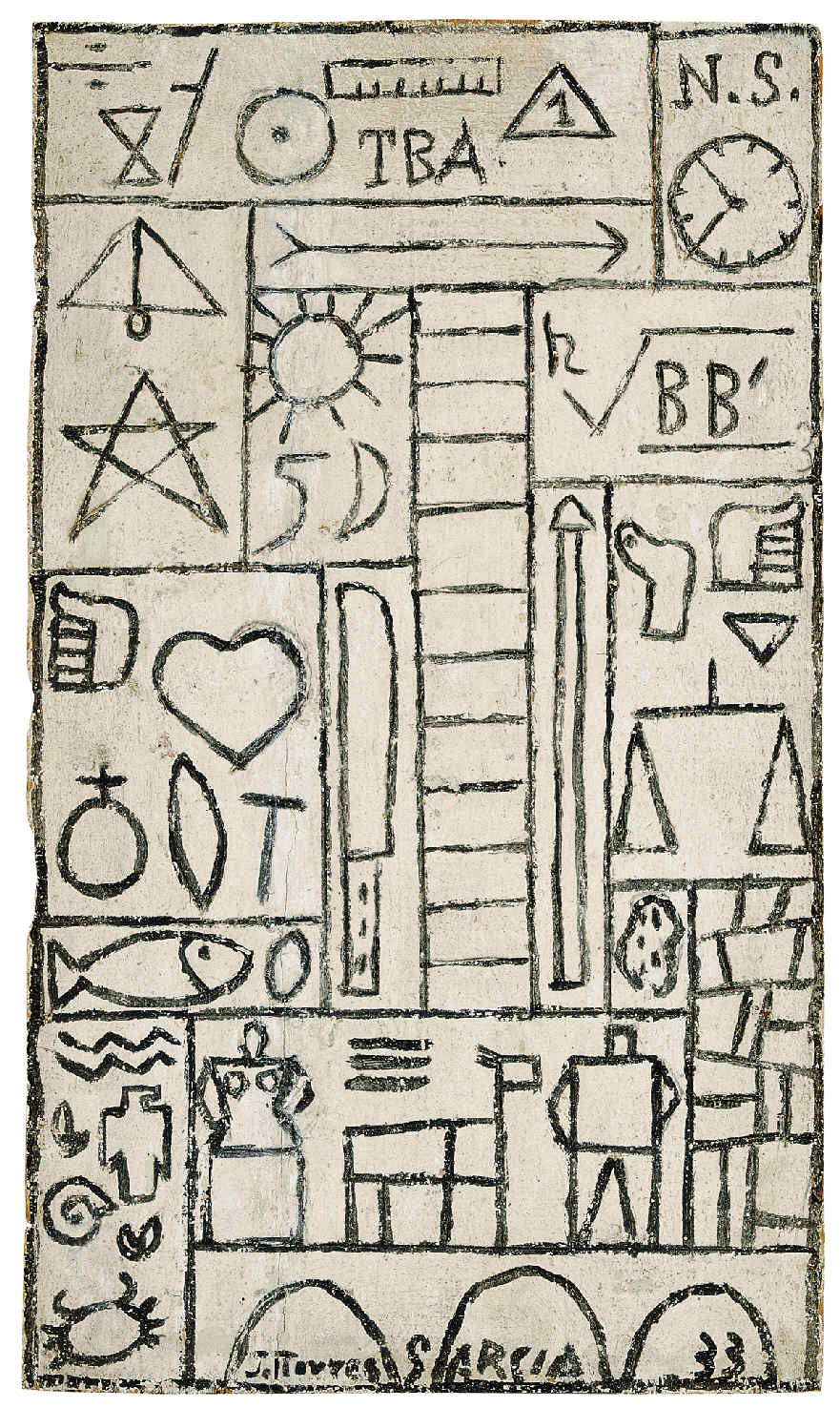
Joaquín Torres-García. Constructivo en blanco y negro “TBA”. 1933. Óleo sobre madera. Colección Telefónica. © Sucesión Joaquín Torres-García, Montevideo 2016
In partnership with:
